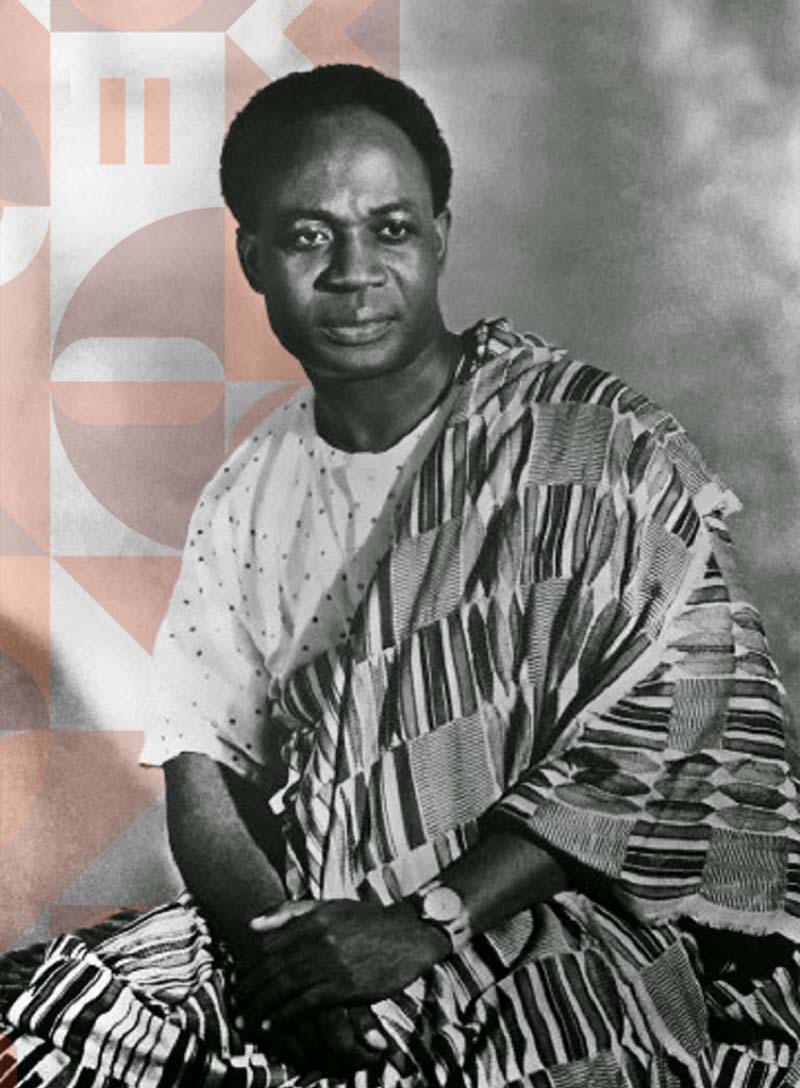A peek into the Past

Introduction
Ghana’s first President, Dr. Kwame Nkrumah, while opening the Trade Union Hall in Accra in 1960, announced plans to establish a National Pensions and Insurance Fund to manage the Pension and Provident Fund of all workers irrespective of their employers.
Subsequently, a committee chaired by then Managing Director of the Ghana Commercial Bank (GCB), Mr. T.O. Asare, was tasked to look into the possibility of establishing a National Pension and Insurance Scheme for workers. The Committee was assisted by an International Labour Organisation (ILO) expert on Social Security, Mr. A. Zelenka.
Prior to the setting up of the committee, private schemes had been established to develop a simple social security system for urban wage earners.
On 17th February 1965, the Parliament of the First Republic, passed the Social Security Act, 1965 (Act 279), to establish a Social Security Fund to provide for contributors and benefits under Superannuation (Old Age), Invalidity and Survivors Benefits among others. Thus, a Social Security Scheme of a national dimension, was for the first time, provided for workers resulting in the improvement of livelihoods.
Early Administration
The administration of the Fund, was under the Department of Pensions and National Insurance. However, the functions were split and assigned to two bodies. The then State Insurance Corporation (SIC), supervised the Inspectorate and Operational Divisions while the Department of Pensions under the Ministry of Finance, was in charge of Policy and General Administration. Mr. C.K.F. Adapoe, was the first Chief Administrator of the Social Security Fund Administration and was assisted in the day-to-day administration by an initial staff numbering 37 in 1965.


Birth of SSNIT
In November 1972, NRC Decree 127, established the Social Security and National Insurance Trust (SSNIT) as an autonomous body to administer the Social Security Scheme.
Ghana became a member of the International Social Security Association (ISSA), after converting the Provident Fund into a Pension Scheme in 1991. ISSA is the world’s leading international organisation that brings together national social security administrations and agencies.
The Chief Administrator’s title changed to Director-General in compliance with ISSA regulations.
The Bediako Commission
A Presidential Commission, chaired by Mr. T.A. Bediako and inaugurated by the then President, John A. Kufuor, was set up on 4th August 2004, in response to agitations and protests for reforms in the administration of pensions in the country. Critics had also called to be placed on CAP 30 Pension Scheme. The overall objective of the Bediako Commission was to come up with recommendations for a pension scheme (s) that would ensure retirement income security for all workers in Ghana with specific reference to the public sector. The Commission used a participatory approach involving all stakeholders and held public fora in all 10 regions.
To ensure retirement income security for all workers in Ghana, the Bediako Commission recommended a three-tier pension structure – comprising two mandatory schemes and a voluntary scheme.
National Pensions Act
(Act 766)
The government accepted almost all the Bediako Commission’s recommendations in the report and issued a White Paper in July 2006 (W.P.No. 1/2006) resulting in the birth of Act 766.
